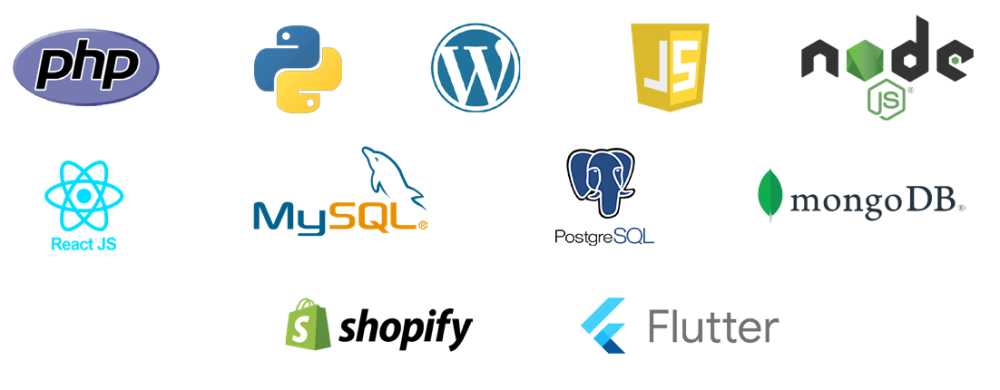How Server-Side Rendering (SSR) Impacts SEO in JavaScript Frameworks
In today's dynamic web landscape, JavaScript frameworks like React, Vue, and Angular dominate the front-end development world. They offer speed, scalability, and great user experience. But when it comes to SEO (Search Engine Optimization), these JavaScript-heavy applications often face serious challenges. That’s where Server-Side Rendering (SSR) steps in.
In this blog, we’ll explore how SSR impacts SEO in JavaScript frameworks, the benefits and trade-offs, and how to make the most of it to improve search visibility.

What is Server-Side Rendering (SSR)?
SSR vs CSR (Client-Side Rendering)
| Feature | SSR (Server-Side Rendering) | CSR (Client-Side Rendering) |
| Initial Load Time | Faster | Slower |
| SEO Compatibility | High | Limited without extra configurations |
| User Experience | Faster first paint | Delayed content visibility |
| Server Load | Higher | Lower |
Why Does SEO Matters in JavaScript Applications?
- Delayed indexing
- Missing metadata
- Poor keyword visibility
- Lower search rankings
SEO Benefits of SSR in JavaScript Frameworks
1. Improved Crawlability and Indexing
2. Faster Time to First Byte (TTFB)
3. Better Social Sharing and Previews
4. Enhances Accessibility and User Experience
Popular JavaScript Frameworks Supporting SSR
1. Next.js (React)
- Built-in SSR and static generation
- Great for SEO-friendly React apps
2. Nuxt.js (Vue)
- Universal rendering out of the box
- Optimized for SEO and performance
3. Angular Universal
- Extends Angular to support SSR
- Offers full control over rendering strategies
When to Use Server Side Rendering?
- SEO is a Core Business Driver
- Content is Dynamic and Frequently Updated
- You're Targeting Users on Slow Networks or Low-End Devices
- Initial Load Time and Core Web Vitals Matter
Best Practices for SSR and SEO
- Use clean and semantic HTML tags
- Optimize meta tags and Open Graph tags
- Implement structured data (JSON-LD)
- Generate XML sitemaps dynamically
- Set up proper canonical URLs
- Ensure smooth page transitions with hydration
- Monitor rendering issues in Google Search Console
Conclusion
JavaScript frameworks have transformed front-end development, but without proper rendering strategies like SSR, they can negatively affect your SEO performance. Server-Side Rendering bridges the gap between rich, dynamic experiences and search engine discoverability.
If you’re building a JavaScript-heavy site that depends on organic traffic, integrating SSR should be part of your SEO strategy. It's not just about rankings—it’s about delivering fast, accessible, and discoverable experiences to both users and bots.
Our Expertise
Technology
-
Website Design and Development
Fully custom designed website
specifically curated for your
business. -
Web app development
Secure, reliable web portals that attract and engage customers -
Mobile app development
To keep up with on-the-go, mobilecentric consumers
-
Progressive web app development
Cost-effective web-based mobile application solutions that can operate in offline environments -
UI/UX design for website, web application & mobile apps
Curating seamless, intuitive experiences for application users -
Software development
Conceptualizing and creating innovative solutions that cater to your business
-
API development
Tools that help you connect and communicate across systems and other applications -
Comprehensive support & maintenance
Ongoing support from our full team of tech wizards for you websites -
Server hosting & support
Server setup, Monitoring and maintenance - one less thing for you to worry about
Technologies we use for development:


Art & Design
-
Logo
-
Graphics
-
Art
-
Sketch
Communication & Marketing
-
Content Development
(content writing, photography and videography)
-
SEO
-
Graphics
-
Social Media
-
E-newsletter
-
Workshop
(Branding & Strategic Communication)



